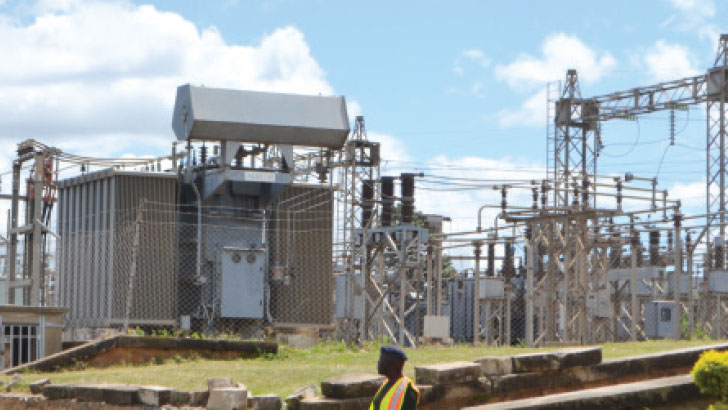The World Bank has warned that the universal electricity access target by 2030 will remain an ambitious target if the country does not break away from the pattern of slow progress and financing and sector co-ordination.
Currently, Malawi has one of the lowest electricity access rates in the world estimated at 19 percent with severe disparities between urban and rural areas at 42 percent against five percent, respectively.

The country, therefore, needs to move fast to accelerate their efforts to expand energy access in line with Sustainable Development Goal (SDG) Number 7 which requires countries to ensure universal access to affordable, reliable and modern energy services by 2030, according to the World Bank.
In its 17th Malawi Economic Monitor launched on Wednesday, the World Bank has underscored the need for expanding the grid and fast growth of the off-grid solar market to achieve universal access.
Said the Bank: “In the 50 percent access scenario, the focus is on-grid densification, utilising existing medium and low voltage lines. In the universal access scenario, grid expansion is necessary.
“In addition, significant scale up of mini-grid connections may be needed. The scale up of mini-grid and on-grid connections, however, requires a concerted effort from the government and private sector to make best use of scarce public finance resources and to avoid duplicated efforts.”
The Bretton Woods Institute has singled out Electricity Supply Corporation of Malawi’s (Escom) performance under Malawi Energy Access Programme (Meap) as a cause for concern, saying its progress has fallen far short of expectations.
Meanwhile, available data shows that as of April, Escom had only made connections to approximately 10 000 customers.
Ministry of Energy spokesperson Upile Kamoto, in a written response on Wednesday, indicated that the ministry is working to meet its ambitious universal electrification target of 100 percent by 2030.
She said: “We are amplifying initiatives to increase electricity access through grid connections and off-grid solutions. The Ministry of Energy and Escom are implementing the Meap, which seeks to increase electricity access through connections to the grid and installation of off-grid solar home systems to rural households.
“So far, the on-grid connections have started under the Escom component while installation of the off-grid solar home systems will commence in September 2023.”
Kamoto added that the Ministry is scaling up electricity access by installing mini-grids in various rural communities that are far from the grid which are expected to connect approximately 6 000 people in selected rural communities.
Escom chief operations officer Maxwell Mulimakwenda during the first public hearing on the electricity tariff hike application in Blantyre indicated that the parastatal has plans to accelerate access to electricity.
While admitting that the Escom failed to meet its connections targets in the last four years, mainly due to resources, Mulimakwenda said the parastatal is geared to connect a total of 300 000 customers, which translates to 75 000 per year.
He said: “The requirement that Escom should borrow money from banks to connect customers proved a failure. Escom is, however, committed to ring-fence the revenues for customer connections so that they are solely used for its intended purpose.”
Malawi requires 1 000 megawatts (MW), but the Electricity Generation Company Limited has a total installed generation capacity of 441.95MW, with 390.55MW from hydro power plants and 51.4MW from thermal power plants.
Source: The Nation_July 22, 2023_Orama Chiphwanya
